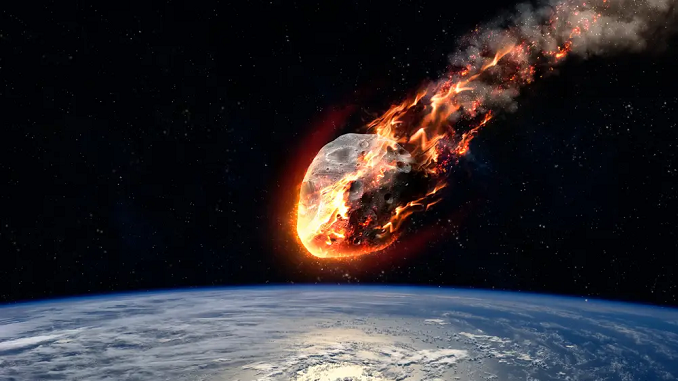
Professor Amy Mainzer of the Lunar and Planetary Laboratory at the University of Arizona will provide technical leadership for the projected mission, to be in partnership with the Jet Propulsion Laboratory. The Near-Earth Object Surveillance Mission, or NEOSM, consists of a spacecraft, to be called the NEO Surveyor, that would continuously collect infrared images of near-Earth space, and the investigation team which will process, analyze and archive the data from it.
The spacecraft will use highly sensitive heat-sensing cameras to detect the infrared glow from asteroids and comets that are warmed by the sun as they get close to the orbit of Earth. Searching for asteroids by sensing their heat emission allows astronomers to not only detect their position and movement in space, but also measure their sizes and identify even the darkest asteroids that may have primitive, carbon-rich surfaces.
“This mission would answer a fundamental question: Are there asteroids or comets out there that can cause harm to the Earth over the next century?” said Mainzer, who also leads NASA’s Near-Earth Object Wide-field Infrared Survey Explorer, or NEOWISE, mission that uses an older spacecraft reactivated to hunt for NEOs after it completed its original mission. The NEO Surveyor builds on the success of the NEOWISE mission, which is celebrating the 10th anniversary of its launch on Saturday, December 14, 2019.
“We’ve learned a lot from NEOWISE about how many asteroids are dark versus bright, and it’s been a valuable precursor mission, but it has now operated long past its expected lifespan. With the NEO Surveyor spacecraft, we can use what we’ve learned from NEOWISE to build a more highly capable and long-lasting spacecraft that will greatly complement the existing network of ground-based telescopes searching the skies for hazardous objects.”
The NEO Surveyor infrared space telescope could be launched as soon as 2025 if work begins next year and would survey the skies for at least five years to greatly increase the catalog for more than 90% of asteroids larger than 460 feet (140 meters), as directed by the United States Congress
“At the University of Arizona, we believe that university partnerships are going to be critical to successful planetary defense, and we have supported and created capabilities to do just that,” said University of Arizona Senior Vice President for Research and Innovation Elizabeth R. “Betsy” Cantwell. “Dr. Mainzer’s leadership of a core university team focused on this new mission is critical, given her leadership of the original concept. The NEO Surveyor provides a platform for Dr. Mainzer and the University of Arizona to advance the most impactful science for this mission.”

Be the first to comment